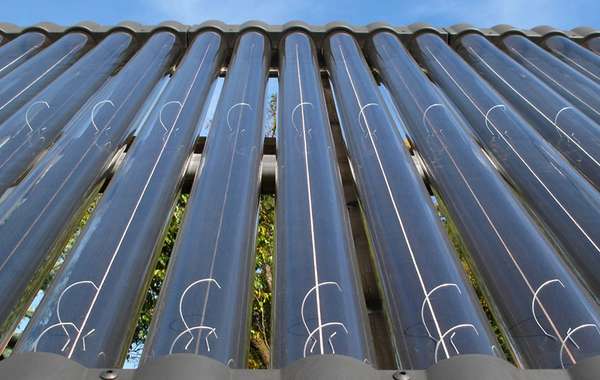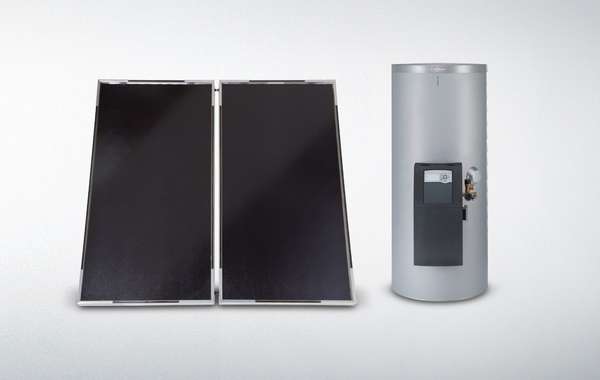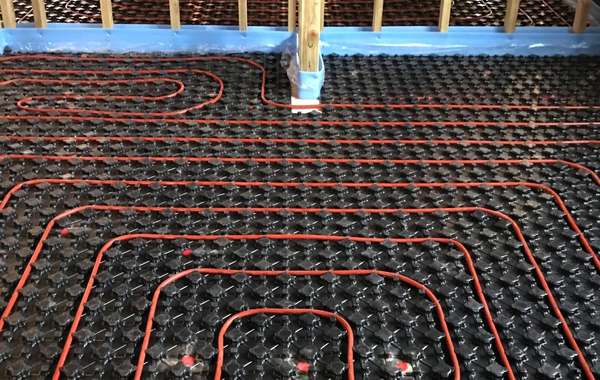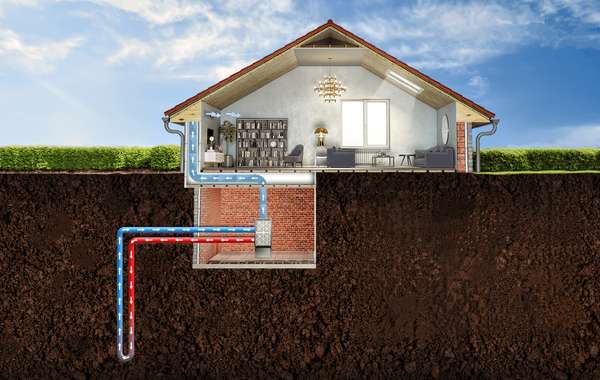Can a solar thermal air system be coupled to an HRV for heating incoming fresh air?
We set in a new 2 pc modular bungalow on our lot in 2009, it is 28' x 42'. It and has an existing Fantech HRV system to provide fresh air and minimize heat loss of the exhausting air to prevent moisture issues causing mold. The home also had tubing installed in basement concrete floor for future infloor heating (no system on the tubes yet). Existing heat is electric baseboard and a wood stove centrally located in basement. Electric hot water system (NOT a rented utility-owned tank).
I am wondering about possibility and feasability to couple the HVR system to a solar heated air system which would collect heat for the fresh air side of the HVR and on the system's interior air flow after the "heat transfer" box.
I also would like to install a solar water thermal system in to supply heat for the basement in-floor system and also pre-heat the domestic hot water tank to reduce required electricity consumption. I have a lead on where I can acquire a steel rack enclosed - crated heavy plastic storage tank "pallet" design that could be very helpful as a "heat storage battery". I think I would set it inside a well insulated outdoor containment box. It would have heat transfer coils inside.
We live in Simonds New Brunswick which is near Hartland (relative to solar collection potential).
Am I crazy? Brian


























We haven't seen any great results when trying to marry solar air heaters to an HRV. To achieve a similar result of pre-heating air before it enters the HRV I would instead propose a ‘ground loop’ system which is a solution sometimes applied to help achieve Passive House certification. It is a matter of laying a tube around the perimeter of the home (below frost-depth, or below the slab or below the skirt insulation), so that incoming air takes advantage of ambient ground temperature.
There are some concerns with it to ensure safe air quality, here is a previously asked about how to install a ground loop with an HRV that discusses those issues. And, assuming it is done correctly -
I think you would notice better results with this technique as it not only warms incoming air in the winter, but also helps cool incoming air in the summer. The benefits of a ground loop would be 24/7, 356 days a year, while the benefits of a solar panel would be limited to sunny winter days. So you may actually see more returns from a ground loop; and it would be cheaper and easier install, and there would be no maintenance costs.
As for your solar water heater ‘heat storage battery’, you already have that – the concrete floor. Assuming you have at least 3 or 4 inches of concrete in your floor, it will most likely absorb as much solar-generated heat as you could possibly throw at it during a sunny winter day, so I would personally skip the step of including a separate thermal battery and feed the heat directly into the floor. Here are a few pages that may offer you some ideas and inspiration.
It's also useful to read our guide on how to survive a power outage in cold weather